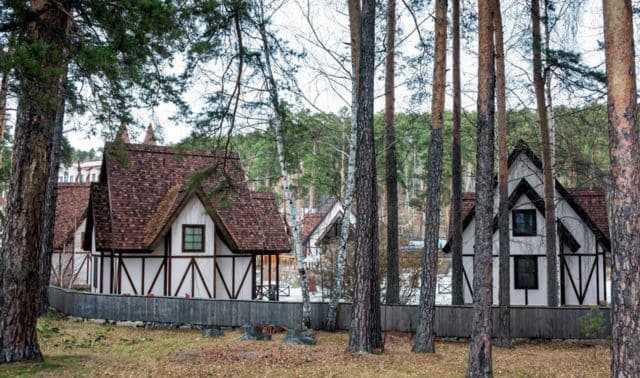In the 17th century the principle of “whose realm, whose religion” was the method for determining the religion of an area of Germany: Whatever faith the ruler chose was the one his subjects were supposed to follow.
A lot of people remember this—and extrapolate it into the main reason for emigration from the German states in the 1700s. “It’s true there was no religious freedom before the early 1800s Napoleonic Wars,” says Heger, “though in reality, most rulers looked the other way and did not harass those of other mainstream faiths”—Catholics, Lutherans and Calvinists. Most emigrants left Germany for the economic opportunity. Only the Anabaptist groups, a relatively tiny minority, faced persecution.
But other religious complications existed. The Duchy of Nassau-Siegen, home to one of the earliest organized groups of German emigrants to Virginia, spent a more than a century under the dual rule of two related families, one Protestant and the other Catholic. During the time of division, from 1612 to 1734, the Catholic duke lived in the Oberes Schloss (“upper castle”) overlooking Siegen while his Reformed counterpart built the Unteres Schloss (“lower castle”), a large, open rectangle with a stout tower.
The question of identity complicates matters even further. This area now is in the Kreis (district) of Siegen-Wittgenstein, part of the Land (state) of North Rhine-Westphalia. But don’t call these folks Westphalians or Rhinelanders; Siegen was attached to one or another branch of the House of Nassau beginning in the 1200s. And Wittgenstein was its own Grafschaft (under a Graf, or count) for just as long. If anything, they’re closer to their Hessian neighbors to the east.




